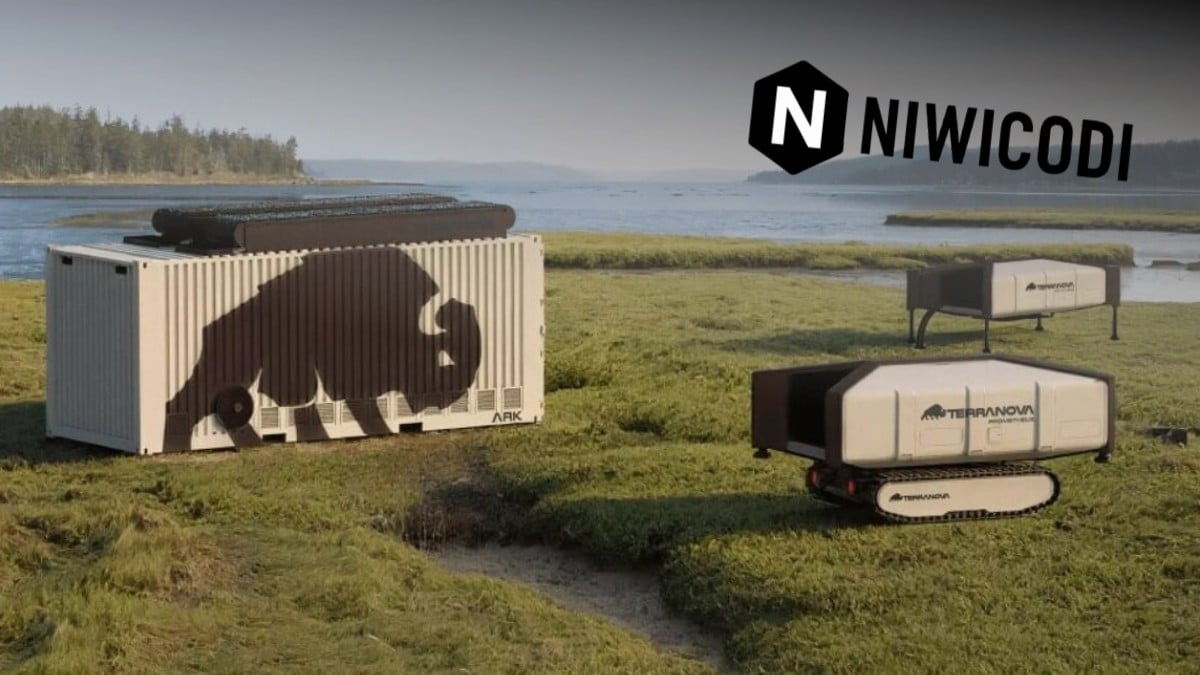Rising sea levels are a pressing issue for coastal cities around the globe. While traditional solutions focus on barriers like seawalls, one startup is taking a radically different approach. Terranova proposes using robots to elevate cities themselves, a concept that challenges conventional thinking and opens up new possibilities for urban resilience.
Rethinking Urban Defense with Terraforming Robots
Terranova’s approach is both audacious and innovative. Instead of battling the sea with fixed barriers, they’re exploring how to adjust the landscape itself. The idea is simple in concept but complex in execution: use robots to gradually lift sections of a city, effectively putting it out of harm’s way. This isn’t about building higher defenses; it’s about reimagining the ground we stand on.
The technology behind this concept involves sophisticated robotics capable of performing what’s essentially large-scale precision engineering. These machines would incrementally elevate terrain, adjusting the city’s topography in response to rising waters. Think of it as a dynamic adaptation to an evolving problem, rather than a static defense against it.
But why go this route? Traditional methods like seawalls are often costly and can lead to unintended ecological consequences. They protect against immediate threats but don’t adapt well to future changes. Terranova’s method could offer a more sustainable and flexible solution, one that evolves with environmental shifts rather than resisting them outright. To read This AI Startup Gains 8 Million Users and Fortune 500 Trust
The potential applications extend beyond just protecting against sea-level rise. By altering urban landscapes, cities could optimize drainage systems, improve infrastructure resilience, and even create new spaces for green initiatives. It’s not just about defense; it’s about holistic improvement.
However, implementing such a strategy raises significant technical and logistical challenges. The precision required and the scale of operation are daunting. Additionally, there’s the question of public acceptance. Altering the very ground beneath a city’s feet is no small endeavor—both technically and psychologically.
Yet, if successful, Terranova’s vision could redefine our relationship with the environment. Instead of fighting against natural forces, we could learn to adapt in harmony with them. As climate change continues to reshape our world, solutions like these remind us that innovation often lies not in fighting nature but in finding ways to live alongside it.
In the end, Terranova’s approach invites us to imagine cities as living entities capable of transformation and adaptation. It’s a bold idea that challenges us to think beyond traditional methods and consider how technology can help us build not just taller defenses but smarter futures.


